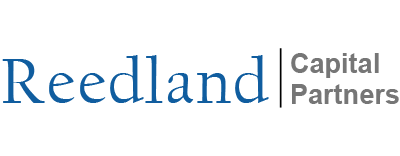Debt Case Studies
 Client: A well-known for-profit vocational school that has been in business for over 60 years and has 27 school campuses, located all over the United States. The company owns the underlying real estate on five of the 27 campuses and the remainder are subject to long-term leases.
Client: A well-known for-profit vocational school that has been in business for over 60 years and has 27 school campuses, located all over the United States. The company owns the underlying real estate on five of the 27 campuses and the remainder are subject to long-term leases.
Scenario: The company has been generating approximately $320MM per year in revenue and $18-$20MM per year in EBITDA. The primary reason for the low EBITDA margins is because six of the 27 schools were losing money and the company couldn’t close them because of the long-term lease liability. Additionally, the company had very little free cash flow because it had significant capital expenditures each year to ensure that all of the schools were as modernized as possible from both an equipment and curriculum standpoint to stay competitive. The lack of free cash flow and overall liquidity put the company on probation with the federal regulators and put the company in jeopardy of losing its federal funding, which would effectively put it out of business.
The company had been trying for close to a year to refinance its existing bank loan to increase the amount to the needed $50MM to no avail. It also engaged a very large real estate finance intermediary to arrange a refinancing of the loan collateralized by the parcels of owned real estate. The problem with the real estate refinance was that the recent appraisals that were done came in relatively low given the single-use nature of the property and would not support a $50MM loan.
Solution: The company subsequently retained us last year to structure and arrange a new $50MM loan after the above-described failures. After analyzing the company’s business, we ascertained that there was significant value in at least three of the company’s automotive schools, both because of their reputation and the fact that they were the only schools of that type in their geographical area.
We had the company engage an appraiser who specialized in valuing for-profit vocational schools, and the schools described above appraised out in the aggregate of approximately $80MM (there was some overlap with the real estate values as one of the three school’s appraisals included $20MM of the company’s owned real estate on that campus).
After unlocking the intrinsic value of a few of the schools, the next challenge was to find a private debt fund that would loan $50MM against both the real estate and the schools, notwithstanding the fact that there would be very little cash flow to service the debt because of necessary capital expenditures going forward and because many real estate lenders do not lend against other types of collateral.
We were able to find a relatively new private debt fund that was able to make a three-year, interest only loan of $50MM, collateralized by the value of the three schools and the real estate, which enabled the company to regain financial compliance with the federal regulators and have enough additional cash to negotiate lease buyouts and school closures on its three most unprofitable schools, which boosted the company’s EBITDA and free cash flow on a going-forward basis.


 Client: One of the largest custom ski boot manufacturers in North America had both a rapidly growing wholesale and retail business and is owned in large part by a private equity sponsor. The company is well-known for its custom orthotics technology and believed that such technology would transfer well into the retail running shoe industry.
Client: One of the largest custom ski boot manufacturers in North America had both a rapidly growing wholesale and retail business and is owned in large part by a private equity sponsor. The company is well-known for its custom orthotics technology and believed that such technology would transfer well into the retail running shoe industry.